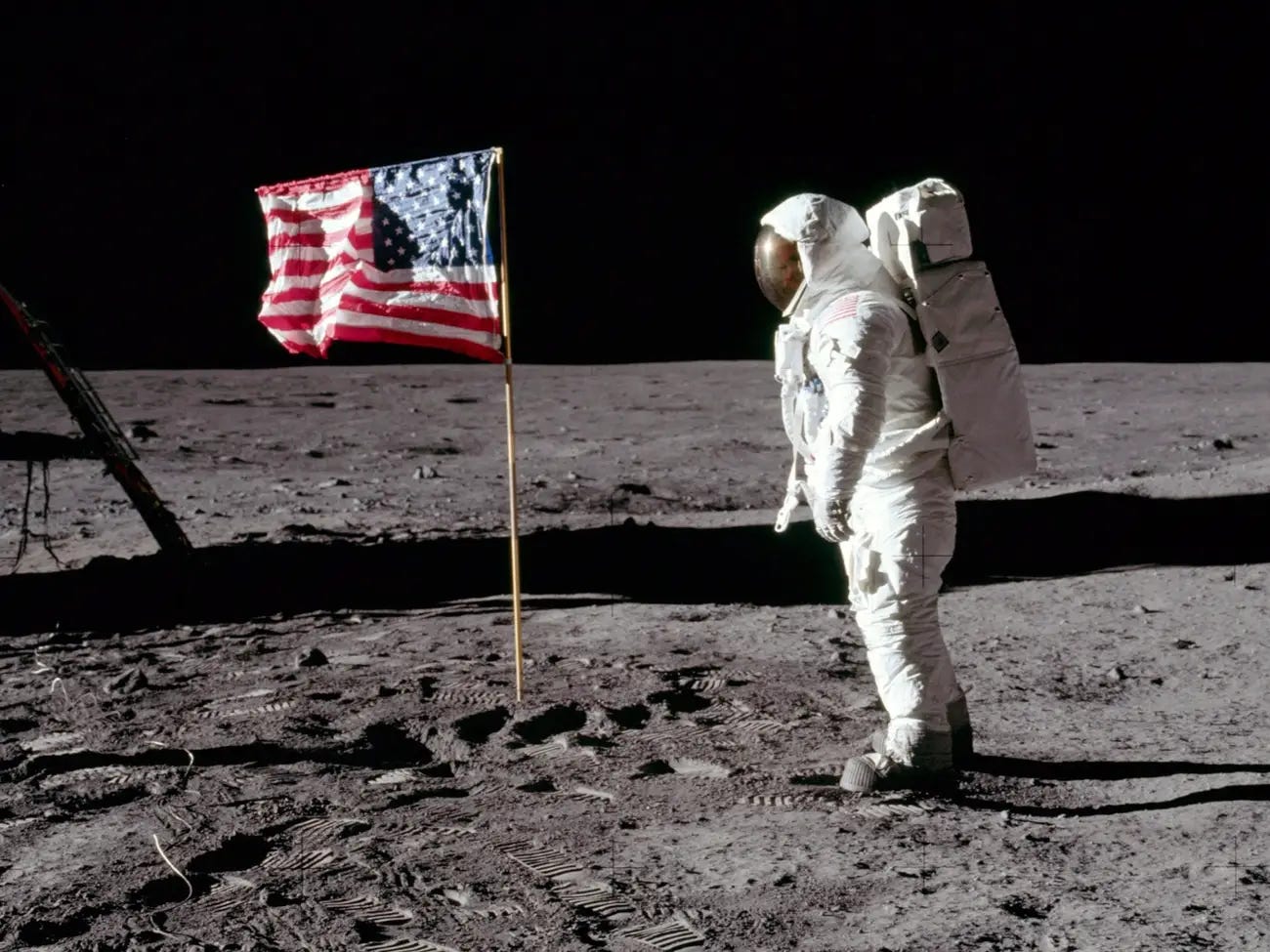
Happy Friday friends,
As you may have seen, we at The Pillar launched a shiny new website this week. It’s been a long labor for us — and by “us” I mean mostly JD — but it's finally here.
In the little more than a year-and-a-half that we have been going, we have (to my surprise) published thousands of stories, newsletters, and podcasts, and we simply outg…
